Cytokinins:
These are those group of chemicals which promote the cell division process in plants and delay the process of senescence (agening) in tissue. The cytokinins are produced in the roots embryo and endosperms of the seed mostly.
Before the discovery of cytokinins, Miller and Skooget et al (1955) used substances like coconut milk and degraded samples of yeast DNA to increase the rate of cell division. Later on, it was discovered that both of these substances contain the same chemical which induces the rate of cell division. This chemical was identified as 6-furfuryl aminopurine which is a modified form of adenine (Purine). This chemical is called kinetin because it can promote cell division (Cytokinesis). The name kinetin was later replaced by Cytokinin. Kinetin (6-furfuryl aminopurine) is a synthetic cytokinin. In plants, there are present many naturally occurring cytokinins. Of these, the Zeatin is the most common natural cytokinin in plants (6-4-hydroxy 3-methyl trans-2-butenyl amino purine).
Functions of Cytokinins in the plant body:
- Cell Division: Normally, cytokinins don’t work alone. They work in combination with auxins and gibberellins. When the cytokinins are added along with auxins in the ratio of 1:1 into non-meristematic cells– then they start dividing by mitosis. But if either of them is added alone then cell division does not occur.
- Cell enlargement: Like auxins and gibberellins the cytokinins help in the enlargement of cells by increasing water uptake by the cells and plasticity of the cell walls.
- Morphogenesis: Along with auxins, cytokinins control morphogenesis. Buds develop on callus if cytokinin concentration is more than auxin. Roots are formed when auxin content is more. They are involved in lignification and plastid development.
- Differentiation: Cytokinins stimulate the differentiation process i.e. formation of a special cell from a stem cell. Example– inter-fascicular cambium.
- The cytokinins slow down the agening (senescence) in plants, by controlling protein synthesis and mobilization of resources. For example– when green leaves are removed from a plant and dipped in the cytokinins they stay green for a longer period of time than the control leaves.
- The auxins and cytokinins work antagonistically in the control of apical dominance. The auxins stimulate the growth of apical buds and suppress the growth of lateral buds. But cytokinins stimulate the growth of lateral buds.
- Cytokinins promote flowering in some short-day plants like Lemna and Wolffia.
- Cytokinins are also known for breaking the seed dormancy.
- Cytokinins help in the formation of parthenocarpic fruits.
- Cytokinins influence sex expression in flowers and promote the formation of female flowers.
- Tissue Culture Medium: It is the most important medium for tissue culture because it stimulates cytokinesis as well as morphogenesis. Example- coconut milk, yeast extract.
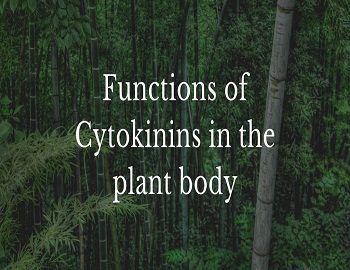

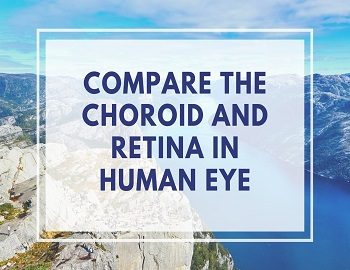
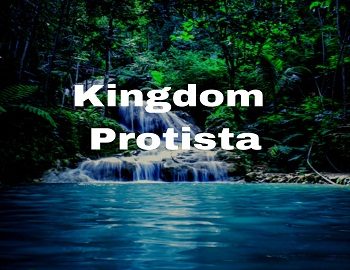

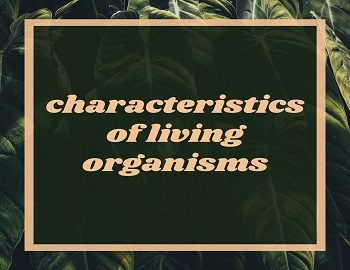
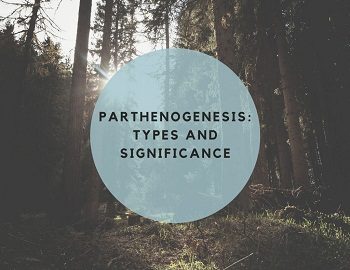
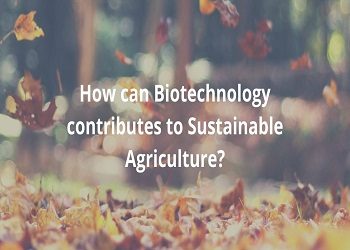
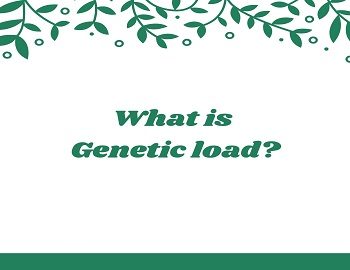
Comments (No)